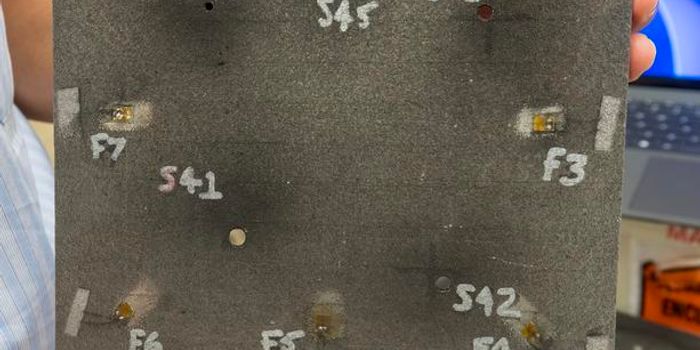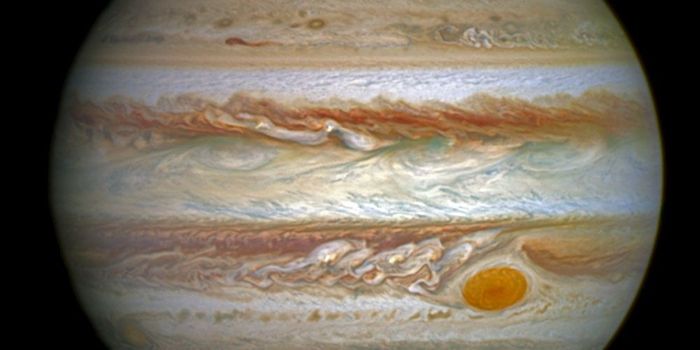China Grew Plants on the Moon for the First Time, But They Didn't Last Long
Earlier this month, the China National Space Administration (CNSA) made history by becoming the first space agency ever to drop a lander on the ‘Dark Side’ of the Moon; but as it would seem, this was only the beginning of China’s record-setting agenda.
China’s lander, dubbed Chang’e-4, was built and deployed to explore the Moon’s ‘Dark Side’ in the name of science. It carried a whole host of instruments for this very purpose, but the Chinese space agency also tucked a few science experiments away in the lander’s cargo hold to ‘see what would happen.’
Image Credit: Chongqing University
One of those experiments, led by researcher Liu Hanlong of Chongqing University, involved shipping a miniature sealed biosphere to the lunar surface. The canister’s contents comprised of cotton, potato, and yeast seeds, and to make things a bit more interesting, the researchers even stuffed a few fruit fly eggs inside.
Related: Can we grow large numbers of plants in space?
Astonishingly, the experiment appeared to work – at least for a while. Citing various reports, cotton seeds within the one-liter, 5.7-pound canister allegedly sprouted to become the first of any known biological matter to grow on the lunar surface. Unfortunately, the fun didn’t last very long.
Nighttime soon rolled around, doing away with the Sun’s life-supporting warmth and creating a chilly environment inside of the canister. Without a heater to keep the contents warm, the temperature inside the canister dropped to a frigid -52º Celsius (-62º Fahrenheit), which was much too cold for the sprouts to survive. In almost no time at all, they began wilting away.
To make matters worse, it takes nearly 27 Earth days for the Moon to complete a full rotation, which means a lunar night persists for more than 13 days. Even if the plants could survive a single cold night here on Earth, there’s no way they’d be able to sustain such a long chill period on the lunar surface.
Related: The Moon is closer, so shouldn't we colonize it instead of Mars?
Plants have been grown, sustained, and even eaten on the International Space Station before, and so it’s conceivable that the Moon-based plants could have survived if there had been a heat source present at the time. Unfortunately, we won’t know that for sure until the experiment gets repeated under better circumstances.
On a more positive note, the dead plants are being contained inside of a sealed canister. That said, they won’t contaminate the lunar surface as they degrade.
Image Credit: Chongqing University
Given all the sudden interest in extraplanetary deep-space missions as of late, growing plants in space is a big deal; it presents humanity with the opportunity to produce sustainable food in deep space, freeing valuable spacecraft cargo space and shaving down the costs of such missions.
It should be interesting to see if future attempts to grow plants on the lunar surface fare better, but only time will tell.










